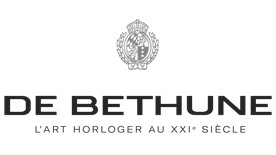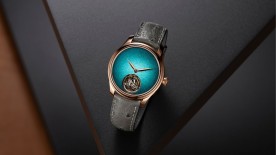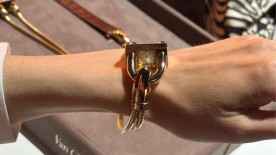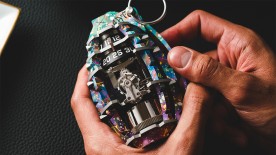Spring 2025, just past 2 p.m. (it is watch week, after all). I’m seated across from Denis Flageollet, and we’re sipping a strong, rich espresso—the signature touch of any meeting with the Sainte-Croix-based brand. Today, the watchmaker is presenting the DB8 XS monopusher chronograph, a new iteration of one of the brand’s key complications, now in a 40 mm case. For context, De Bethune’s first two models in 2002 were chronographs, including the original 44 mm DB8—and many more followed.
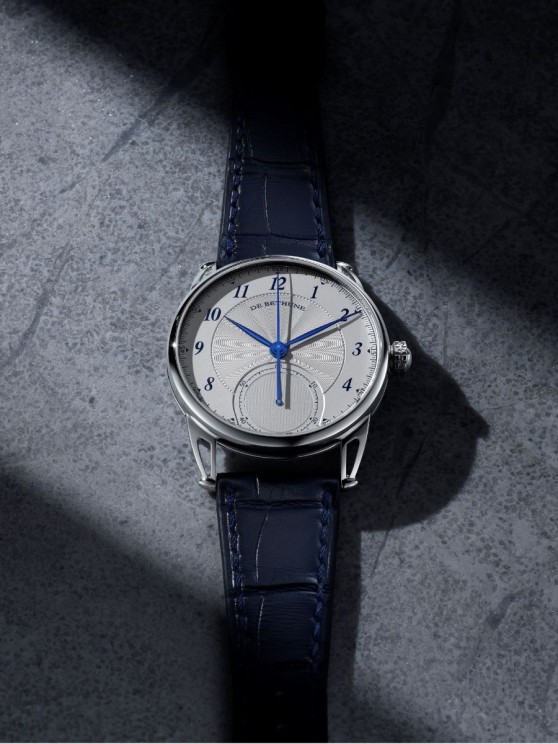
A chronograph means precision. But how do you measure it? Denis Flageollet explains his approach: “Standards and certifications are limited to the analysis of 5 to 7 fixed positions. Yet today’s technology could allow for so much more. Standards serve the industry. But for those who want to go further, they become constraints.” As an example, Flageollet recalls how his first tourbillon watch, the DB25T Regulator Tourbillon (2011), was ineligible from the Concours de Chronométrie. The reason? The tourbillon cage must rotate in exactly one minute. “But mine rotated in 30 seconds at high frequency—more reliable and more precise!” An anecdote—almost absurd—that speaks volumes about his vision of time measurement, one that breaks free from the norms and conveniences of the industry. This approach is reflected throughout his work: he takes nothing for granted—not mechanisms, not materials, not aesthetics, not even the end user—in pursuit of watches rich in meaning and innovation.
A New Vision of Precision
In his book “Alchimie Horlogère” (Favre Editions, 2022), Denis Flageollet highlights the need to update the way we view chronometry: “The major challenge is to lay the groundwork for a new generation of mechanical watches, better performing and better suited to modern life. […] Wristwatches are subject to increasingly varied demands. […] Moreover, a certain routine has stifled watchmaking development, missing out on the many advances made in other technologies.”
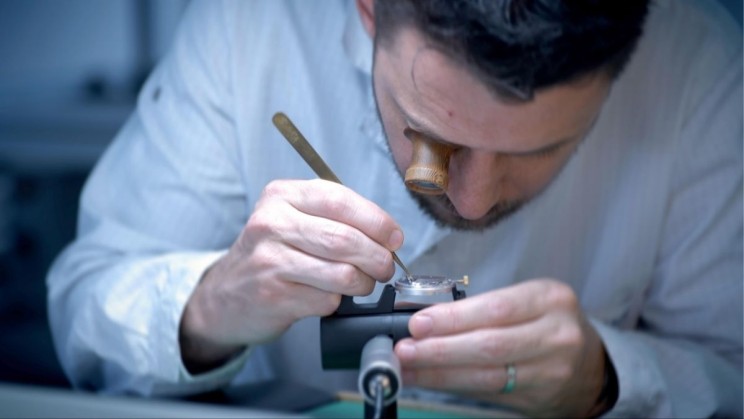
While watchmaking often leans toward conservatism, De Bethune follows its own path. At the end of 2022, the brand opened a new chapter in accuracy with its Sensorial Chronometry Project. Over the course of two weeks, the buyer wears a test watch that collects up to 2 million data points per hour. These data enable a fully personalized fine-tuning, based on how the wearer actually uses the watch—far removed from the theoretical averages that exist only in machines. A personalized report, delivered with the watch, details the data used for adjustment. “What matters to me is the added value for the client, who benefits from a truly bespoke service,” explains Flageollet. This service is available on request—but limited to just 5 watches per year due to the time required for adjustment.
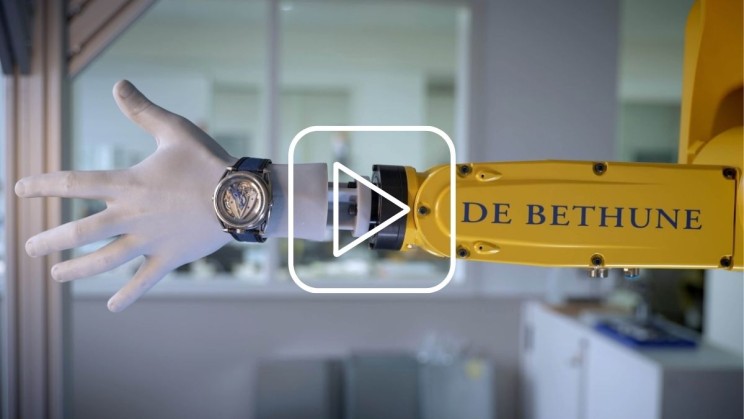
Toward the Balance Spring of the Future
One major obstacle in improving chronometry remained: testing the balance spring—an essential component for precision. “All suppliers produce the same type of balance springs. At the moment, it's very difficult to alter their thickness by even a few microns. But I want to test other cross-sections,” says Flageollet. “That’s why we’re setting up our own in-house production of balance springs—not just in terms of alloys, but in cross-sections that I believe are better suited to optimizing chronometry.” This opens a whole new field of research for a watchmaker who continues to challenge conventions. In his pursuit of precision, Denis Flageollet is, in a way, returning the mechanical watch to its true exploratory spirit.


